The Atlantic has published part three of its series exploring the parallel justice system that investigates and hands out punishment in cases of campus sexual assault. Part one outlined standards the Obama administration pushed schools to adopt, standards that often provide little protection for the rights of the accused. Part two dealt with the bad science being used to back up this approach. Part three is about the race of those being accused in these incidents and how it probably differs from the public perception of what a campus rapist looks like.
Author Emily Yoffe points to Brock Turner, the Stanford swimmer convicted of sexual assault last year as the archetype of the campus rapist. But Yoffe points out that in a surprising number of cases the alleged assailants are not white:
Janet Halley, a professor at Harvard Law School and a self-described feminist, is one of the few people who have publicly addressed the role of race in campus sexual assault…She has observed the phenomenon at her own university: “Case after Harvard case that has come to my attention, including several in which I have played some advocacy or adjudication role, has involved black male respondents.”
Since there are no national statistics on how many young men of any given race are the subject of campus-sexual-assault complaints, we are left with anecdotes about men of color being accused and punished. There are many such anecdotes. In 2015, in The New Yorker, Jeannie Suk Gersen, a Harvard Law School professor, wrote that in general, the administrators and faculty members she’s spoken with who “routinely work on sexual-misconduct cases” say that “most of the complaints they see are against minorities.” For two years I have received a daily Google Alert on college sexual assault. It captures only those cases that make it into the news, and is not a comprehensive or statistically valid measure. But it is illuminating. Usually the reports don’t disclose race, but sometimes it is mentioned, and if the accused is named, it’s often possible to determine his race through photo searches or other online information. Black men make up only about 6 percent of college undergraduates. They are vastly overrepresented in the cases I’ve tracked.
Yoffe points specifically at accusations made at Colgate University because it’s one of the few places where numbers are available. An investigation by the Office for Civil Rights found the following:
During the three academic years from 2012–13 to 2014–15, black students were accused of 25 percent of the sexual misconduct reported to the university, and made up 21 percent of the students referred for formal hearings. Fifteen percent of the students found responsible for assault in those years were black. During that same three-year period, Asian students, who were a little more than 3 percent of Colgate’s student body in 2013, were more than 13 percent of the accused, 21 percent of those referred for hearings, and 23 percent of those found responsible. (The rest were white; no Hispanic students were accused.)
Black students made up approximately 4% of the student body at Colgate. So black and Asian students combined were about 7% of the population on campus but made up nearly 40% of those accused and 42% of those referred for hearings.
What accounts for this disproportionate representation? Yoffe writes, “as the definition of sexual assault used by colleges has become wider and blurrier, it certainly seems possible that unconscious biases might tip some women toward viewing a regretted encounter with a man of a different race as an assault.” If anything is likely to lead progressives to reconsider their support for low standards for adjudicating campus sexual assault cases, this would seem to be it.
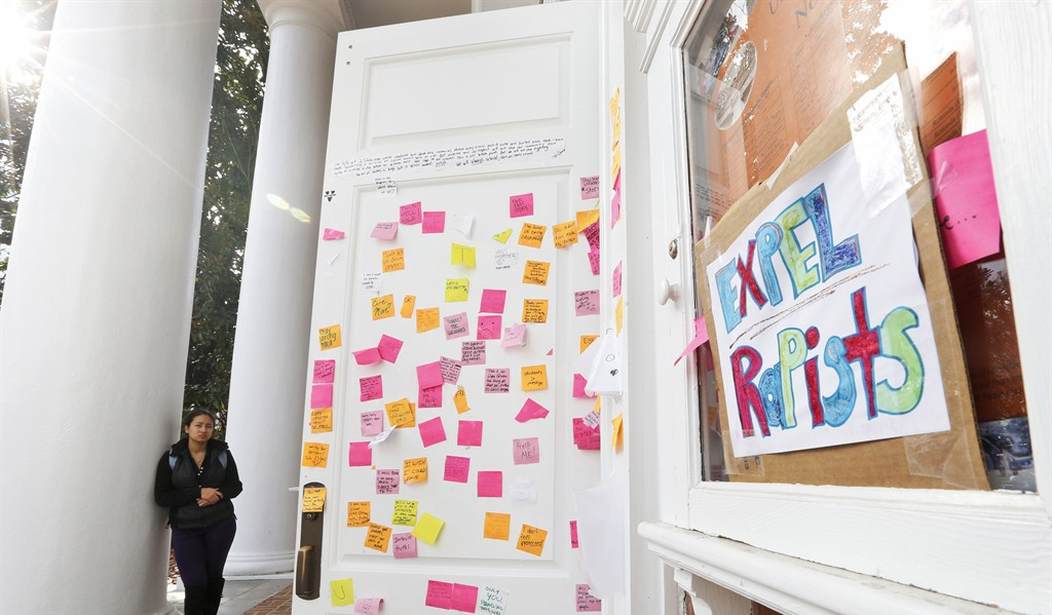
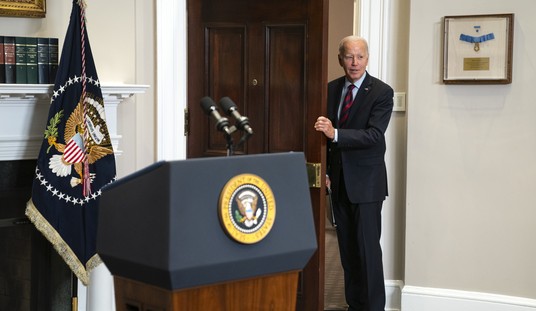
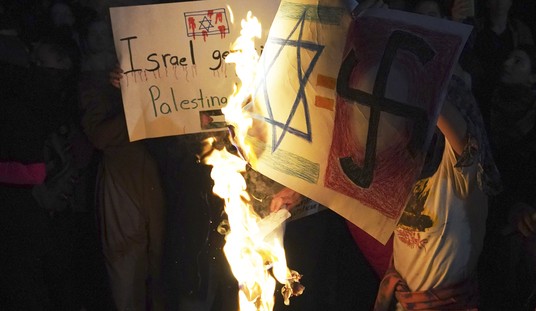
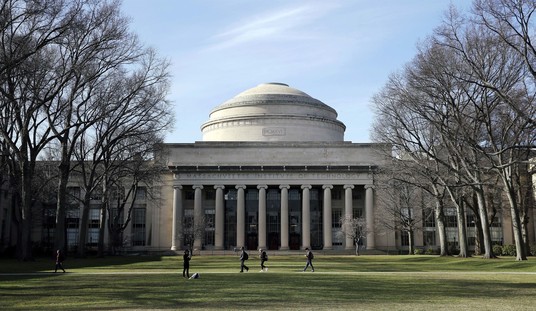
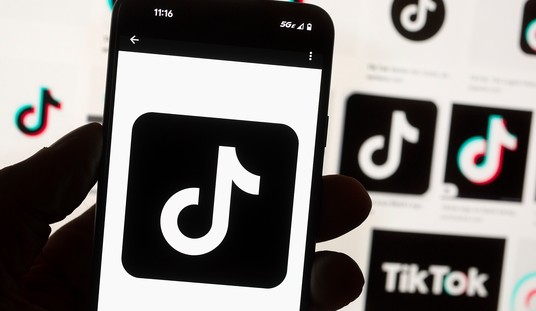


Join the conversation as a VIP Member